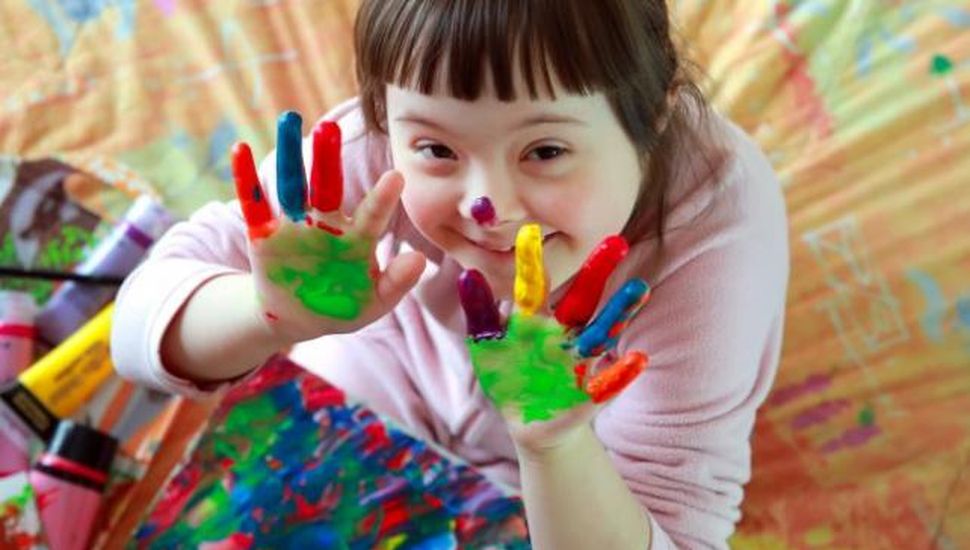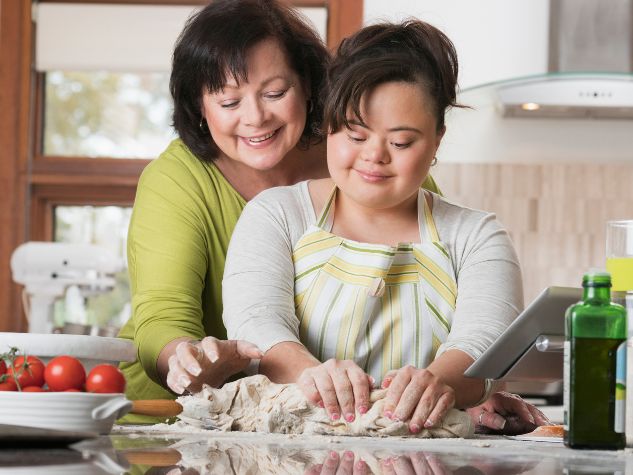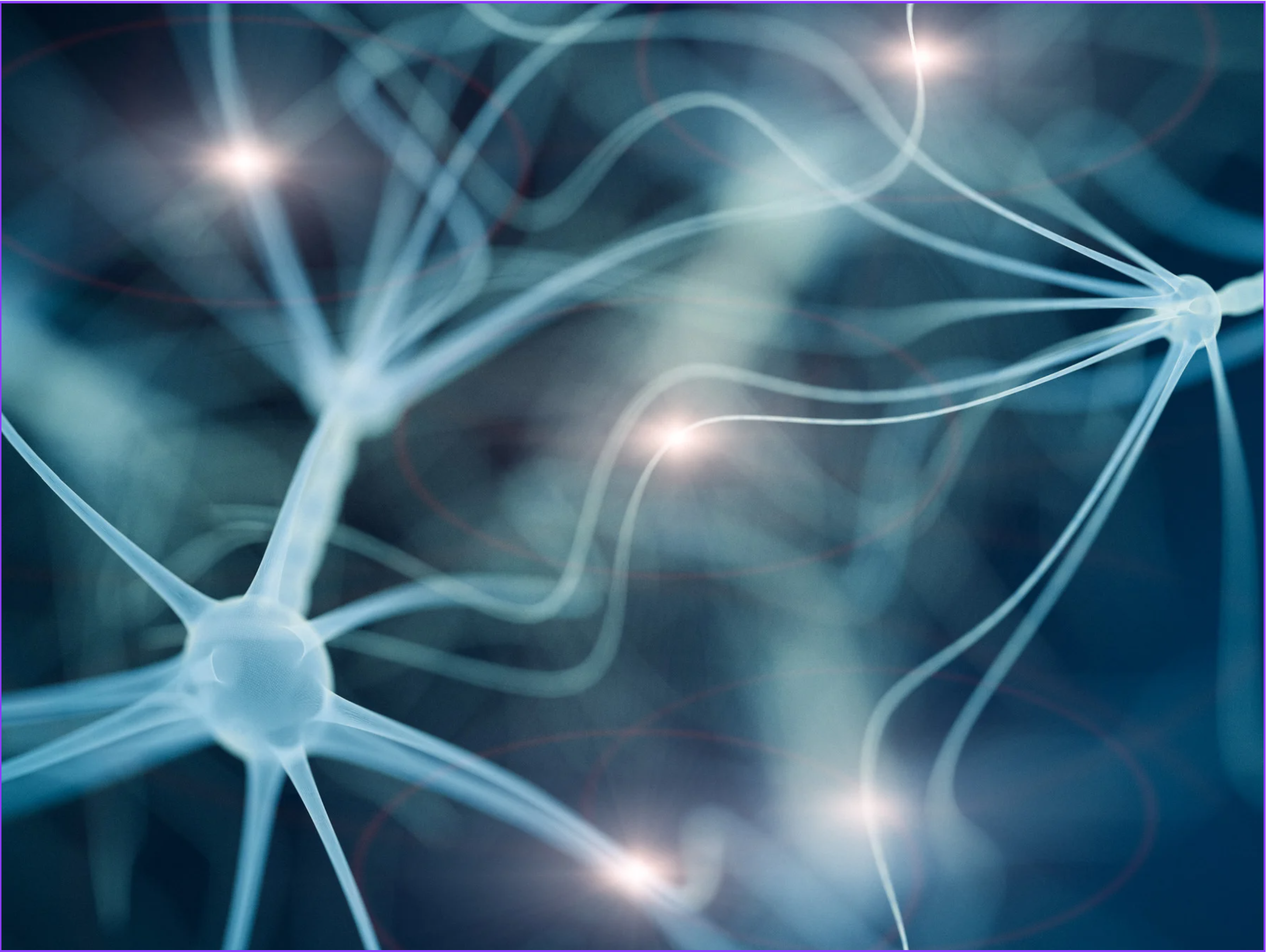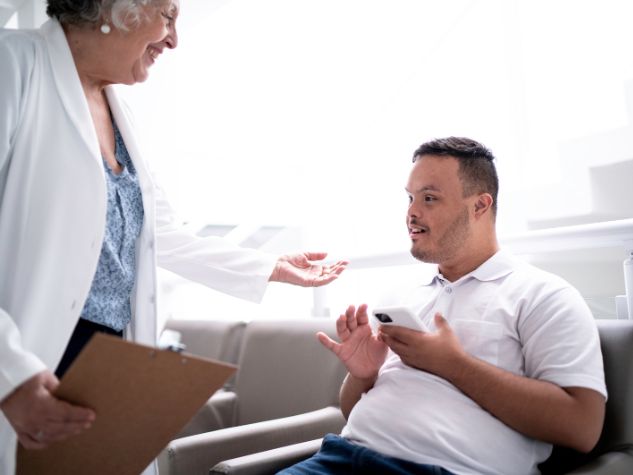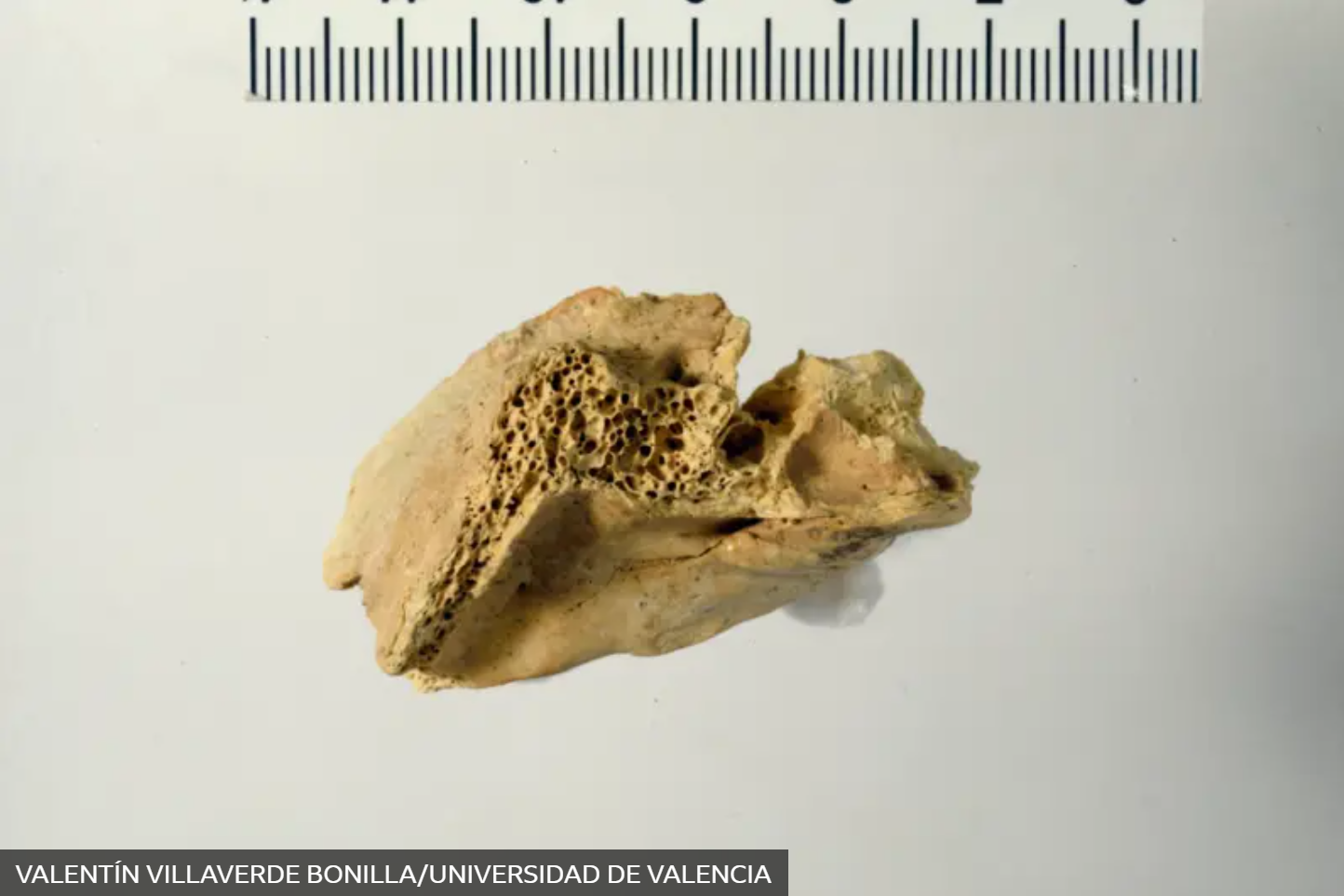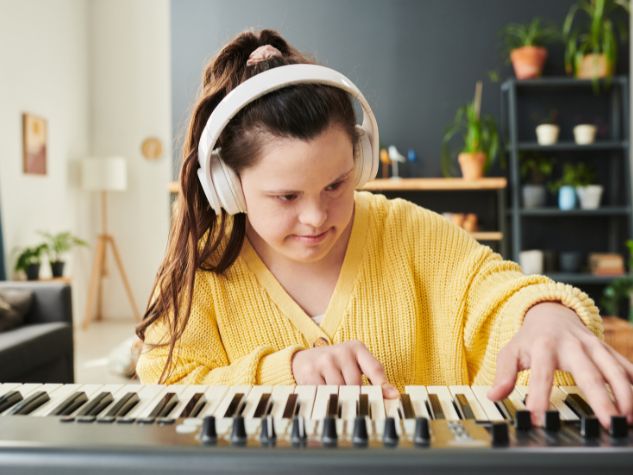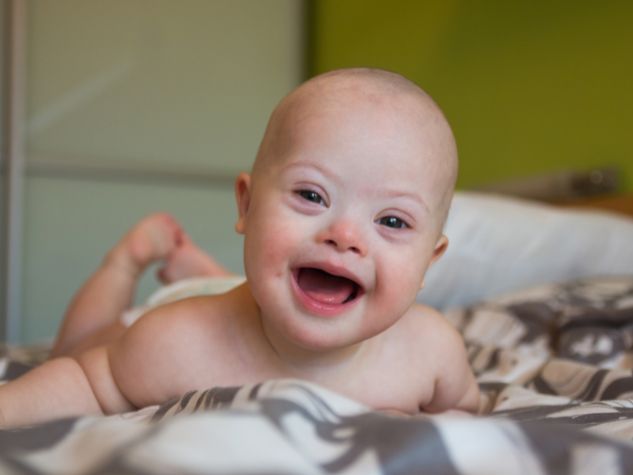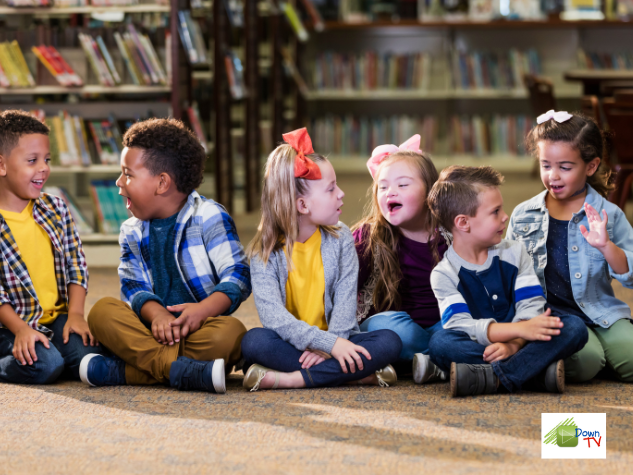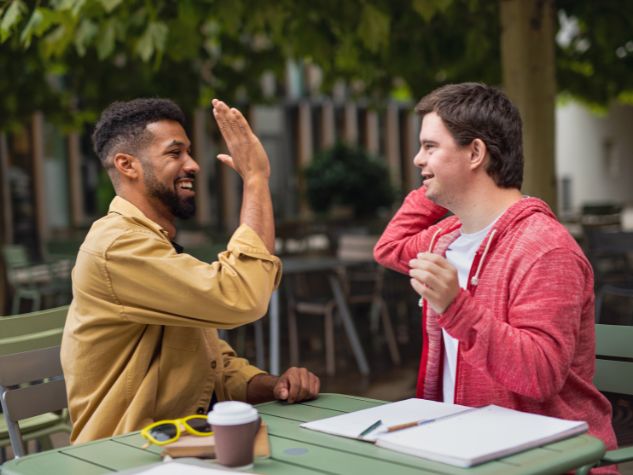People with Down’s syndrome are born with a different DNA code so they develop in a unique and different way. Because people with Down syndrome have unique characteristics, these can affect speech. These characteristics may include:
- under tone of the facial muscles.
- Large tongue for the size of the mouth, which can make it difficult to produce some sounds (macroglossia).
- Frequent ear infections. This can also make it difficult to hear properly due to the presence of fluid in their ears.
- Slower learning ability.
All these differences make receptive language stronger than expressive language.
Sign language can significantly help people with Down´s syndrome when used as a transitional tool, until they are confident to speak and their communicative discomfort has diminished. Sign language is helpful for children to communicate their needs, and it also aids oral language development. At 10 months, children with Down syndrome already realise that language is a means of communication, but they may not be ready to speak until 2-3 years of age.
Communication boards are also very useful. They are made up of pictograms and pictures that children can point to in order to express their needs. These pictograms are not exclusively for people with Down syndrome and can also be used by people with autism or other pathologies. They are very useful when there is no verbal language.
However, when using pictograms it is necessary that the adult, or guardian, verbalises what the child is pointing out. As necessary, we can add new images. For example, we have the pictogram “eat”. The adult says: “You are hungry, do you want to eat? What do you want to eat? And the child can point out other images, for example: yoghurt, biscuits, apple…
Treatment must be appropriate and adapted to the child’s needs. Early stimulation is important long before they are able to speak in order to work on turn-taking, vocabulary, eye contact, etc. We work on both the speech and the cognitive part, the musculature, and we carry out multisensory work so that the child can learn everything.
Some considerations about phonological treatment:
1) All exercises and modalities must be adapted to the child’s needs: pictograms, images, games, things that the child has to experience in order to learn. The sensory part is important.
2) Orientation. We are going to guide them in the process of how to transfer what they have learnt into their daily life, into everyday life. To be independent and gain autonomy.
3) Multidisciplinary. We work with other professionals
4) Support: Support material for the family so that they can work on how to explain certain things to the child, etc.
What can you do if you have a child with Down syndrome?
1) Talk to the children about anything: tell them how your day went, what you did and let them also explain their experiences to you.
2) Let them go shopping with you, let them go, see, touch the fruit, ask for what they want.
3) Read aloud for 15 minutes, books with lots of pictures, short stories and gradually increase the time. Over time we can increase the reading time. Reading is very important for speech development.
4) Singing with children
5) Multisensory experiences. Cold; hot, sweet, bitter
Early intervention can greatly improve quality of life. Instead of thinking that Down syndrome brings with it a disability, let’s think that it has a different way of development and that we can help with some very simple adaptations.
